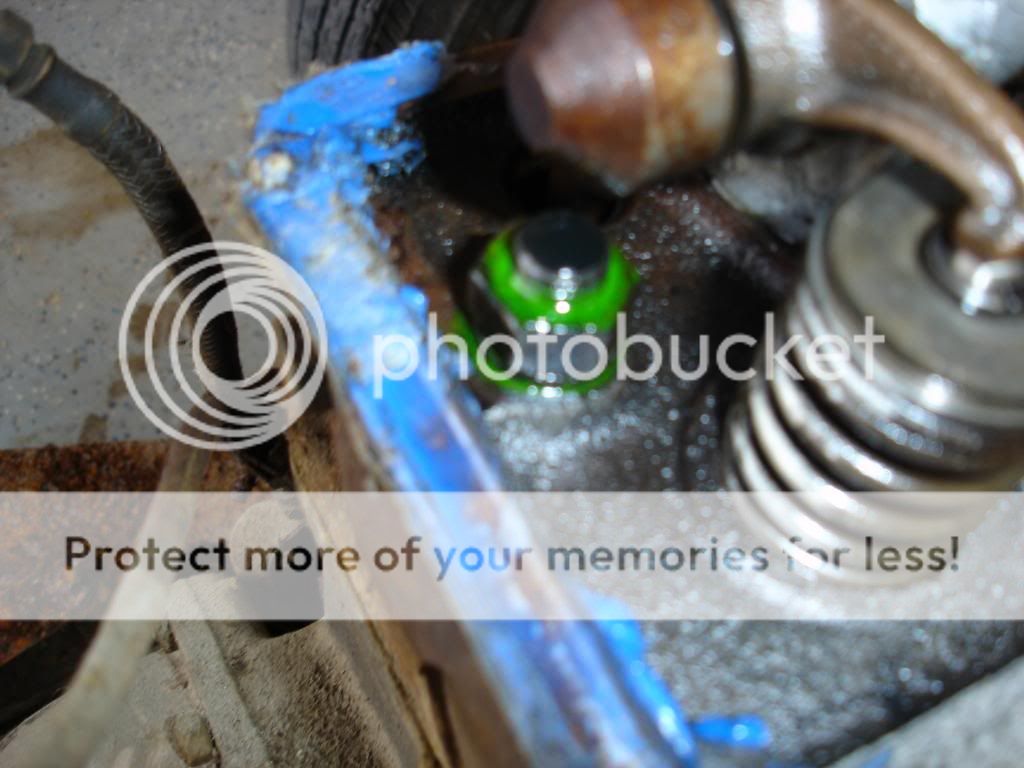CJD
Yoda
Offline
As with this entire project, I took one step forward today...and now 2 steps back. The machine shop called. The head has 3 cracks radiating out from the core plug in the middle of the valve gallery.
I picked the head back up, and will try to weld it myself. At best, I give the operation a 1 in 3 chance of success. The core plug is shown in the lower right of this photo. My mechanic thinks the weld plugs were added later...but I would swear the TR3 had the same weld tacks. I'll have to check.

Anyway, I have Marv on the job checking for a replacement head...if (when) the weld job fails. But he's only 50/50 on having one. If anybody has, or knows somebody who does have, a low port head that is rebuildable...I'm in need. I even have 2 TR4 heads I can swap, if anyone wants them.
I picked the head back up, and will try to weld it myself. At best, I give the operation a 1 in 3 chance of success. The core plug is shown in the lower right of this photo. My mechanic thinks the weld plugs were added later...but I would swear the TR3 had the same weld tacks. I'll have to check.

Anyway, I have Marv on the job checking for a replacement head...if (when) the weld job fails. But he's only 50/50 on having one. If anybody has, or knows somebody who does have, a low port head that is rebuildable...I'm in need. I even have 2 TR4 heads I can swap, if anyone wants them.

 Hi Guest!
Hi Guest!

 smilie in place of the real @
smilie in place of the real @
 Pretty Please - add it to our Events forum(s) and add to the calendar! >>
Pretty Please - add it to our Events forum(s) and add to the calendar! >> 
